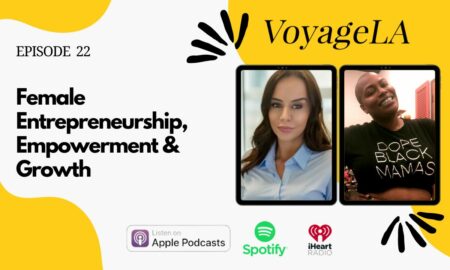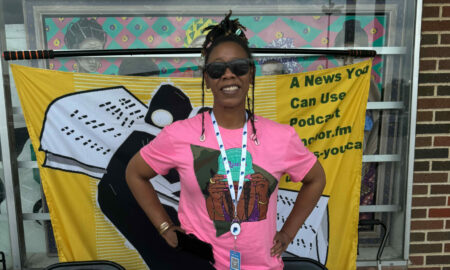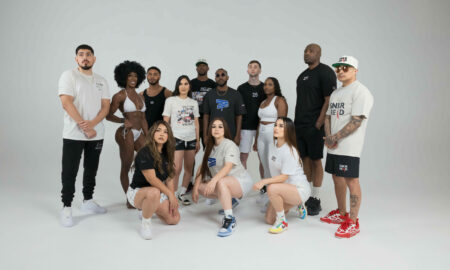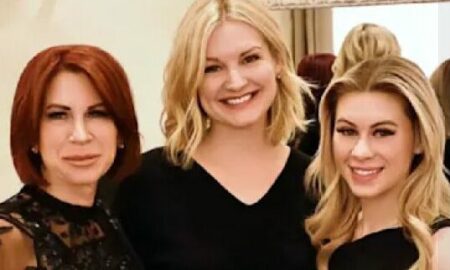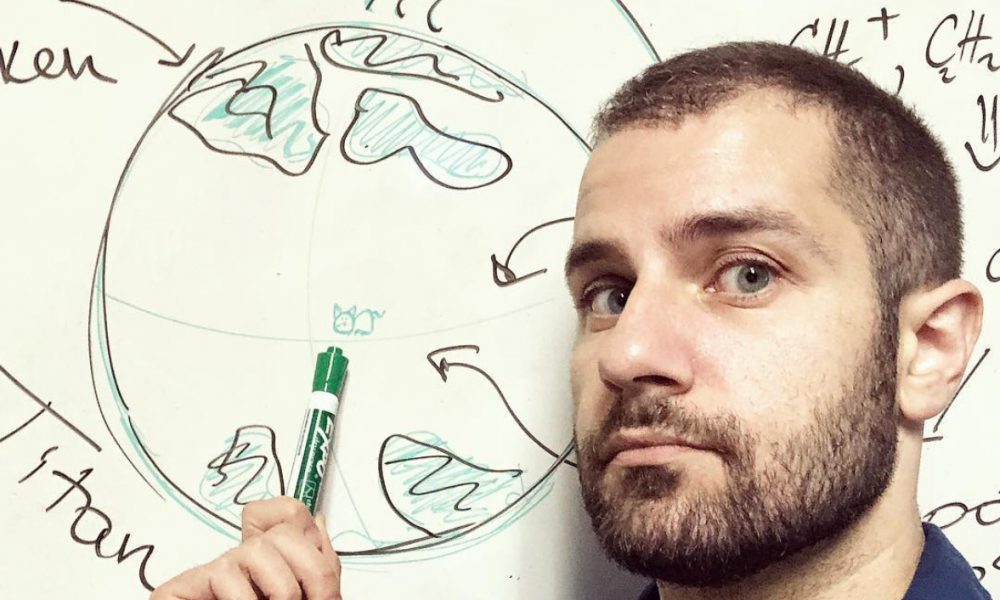

Today we’d like to introduce you to Tom Runcevski.
Tom, let’s start with your story. We’d love to hear how you got started and how the journey has been so far.
I was born in Macedonia, where I did my undergraduate studies in chemistry. I got fascinated with solid-state chemistry and crystallography (a field of science that looks for beauty in symmetry at the smallest of scales) and for my graduate studies, I moved to Germany to pursue graduate school. The choice to move to Germany was primarily because of the elite Max Planck Institute, home to 33 Nobel Prize winners, which offered me with the possibility to do cutting-edge research. I graduated with honors, and I received the Otto Hahn Medal, one of the highest recognitions across the natural and social sciences and technology in Germany.
After four years in Germany, I felt it was time to move on and grow, personally and professionally. The natural choice was the US, where, at the time, I had several job offers. I decided to join UC Berkeley as a postdoctoral fellow. The choice was easy, UC Berkeley is one of the best schools nationwide, and it is close to San Francisco, a city that I greatly enjoy. After three years spent in California, once again, I felt it was time to move. This time I wanted the move somewhere more permanent. Changing cities every few years is fun, but it takes a toll on your personal life. That considered, I thought very carefully where I want to settle down. I decided to move to Dallas and join the Southern Methodist University as an assistant professor of chemistry. It has been almost two years since I moved here, and I am very happy with my decision.
We’re always bombarded by how great it is to pursue your passion, etc – but we’ve spoken with enough people to know that it’s not always easy. Overall, would you say things have been easy for you?
In order to pursue my passion and do research in the field I love, I had to get an academic position. The road towards a faculty position is unique and it is not easy. You have to do undergraduate, graduate, and post-doctorate studies, preferably at different locations before you lend to a more permanent position. That comes with a lot of travel, meeting extremely intelligent and interesting people, learning new languages and many other perks. However, it also deteriorates the feeling of “home”. I spent around three years in three different countries before I moved to Dallas. That means that whenever I would get comfortable in a city, establish a group of friends and an overall routine, I would need to move and start all over. That “nomad” lifestyle really is a challenge, and I am glad it is finally behind me.
Please tell us more about your work, what you are currently focused on and most proud of.
I am a Faculty member in the Department of Chemistry of the Southern Methodist University. When people hear that I am a professor, the first question always is “what do you teach?”. In fact, teaching takes only a fraction of my work life. Most of my time goes to research. I am very fortunate to lead a team of exceptionally talented graduate and undergraduate students. Together, we try to solve various questions and problems in the realm of chemistry. Our research is focused on crystal chemistry. As I mentioned earlier, I was always fascinated by crystals – in a crystal, every single atom, every single molecule, knows its exact place in space and time, and they self-assemble with perfect order and symmetry.
In our team, we work on three different topics. First, we try to recreate the world of Titan, Saturn’s Moon in the laboratory; colloquially said, we create “Titans in a jar”. Our aim is to see what kind of crystals (minerals) can exist on the surface of this moon. Titan has lakes and seas of ethane, rains and storms of methane and grounds of ice. Even though this world may be very hostile to us, it actually may host a different kind of life. The idea for life on Titan is indeed fascinating. Our second research topic are crystalline drugs, pesticides and fungicides. With our research, we try to make these drugs more soluble and more bio-available. Our most recent study was on zineb, the first commercial fungicide, which crystal structure was unknown for over 75 years!
Recently, we were also successful with the discovery of a new formulation of creatine, which is one of the most heavily used fitness supplements with over $400 million in annual sales in US. We expect to patent and publish our findings, and maybe soon you can find our new creatine on the shelves in the markets. Finally, we work on so-called metal-organic frameworks, which are crystals that act as sponges and can adsorb immense amounts of gases. As such, they can be used to store fuel or to perform separations and clean the atmosphere from harmful gases, such as carbon dioxide. I really like that our current research projects combine fundamental research (structural chemistry), sheer curiosity (Titan) and real-life applications (drugs and supplements). It never gets boring!
So, what’s next? Any big plans?
My long term plan is to establish a world-class laboratory for structural chemistry here at SMU. I also enjoy teaching a lot, so I plan to develop several new courses. Short term, well, everything got canceled by the situation with the coronavirus.
Contact Info:
- Website: https://runcevskilab.org/
- Email: truncevski@smu.edu
- Instagram: tomofmacedonia





Suggest a story: VoyageDallas is built on recommendations from the community; it’s how we uncover hidden gems, so if you or someone you know deserves recognition please let us know here.












